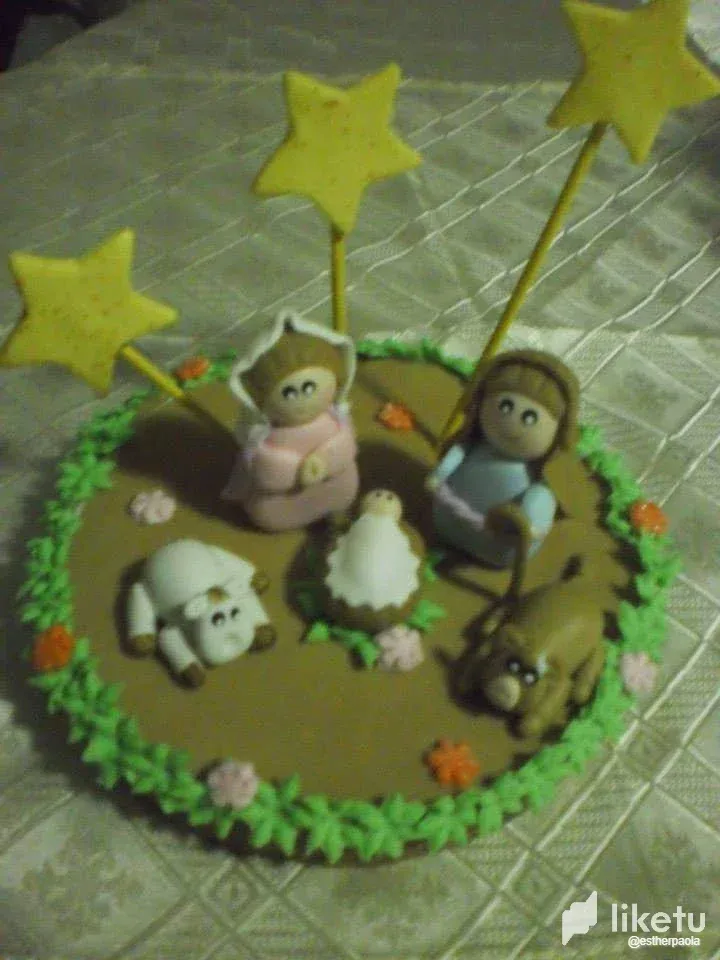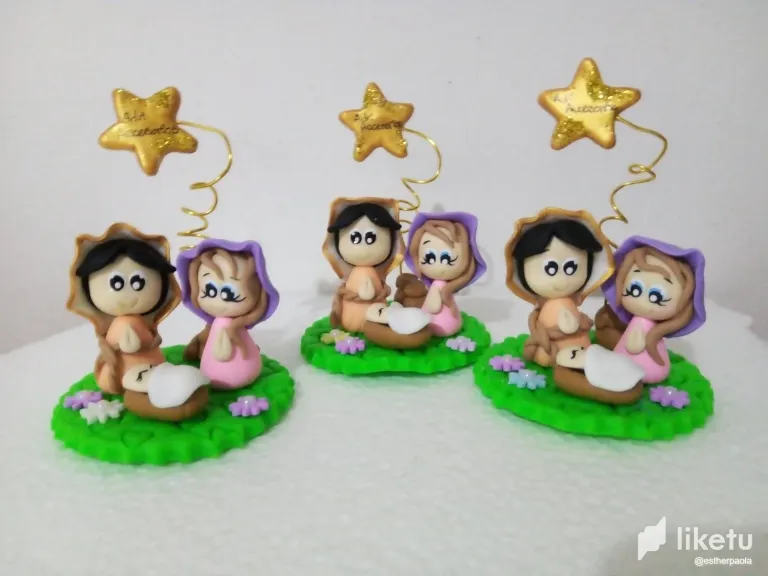


El porcelanicron es una masa a base de pega blanca, que sirve para moldear y se seca al aire libre sin necesidad de tener un horno.
En algunos países la conocen como biscuit, porcelana fría o masa flexible. En colombia la conocemos como porcelanicron o porcelana fría.
Como les comenté anteriormente, este arte siempre me llamaba la atención. En pocas oportunidades intenté hacer figuras con ella, hasta hace tres años que me atreví y comencé a realizar apliques para lazos de niñas.
Sinceramente no eran los apliques más top del momento pero comencé a publicarlos en las redes sociales y me fueron llegando pedidos poco a poco.
Siguiendo vídeos y cuentas de personas que ya tenían muchos años trabajando este material, fui adquiriendo conocimiento y entendiendo muchos procesos del material y como era la mejor manera de trabajarlo.
Como en todo proyecto fui adquiriendo materiales que me permitían mejorar la calidad de mis piezas, y sin duda el mejor apoyo fue de mis clientas, que me apoyaron comprando y siempre tenían aportes que realizarme.
Para un emprendedor las críticas constructivas son muy importantes, he aprendido cómo emprendedora y como consumidora que todo depende de la manera en cómo lo digas y como le haces llegar el mensaje a las personas .
¿A ti como emprendedor y como manualista te gustan las críticas constructivas?
English Version
Porcelanicron is a mass based on white glue, which is used for molding and dries in the open air without the need for an oven.
In some countries it is known as biscuit, cold porcelain or flexible dough. In Colombia we know it as porcelanicron or cold porcelain.
As I mentioned before, this art always caught my attention. On a few occasions I tried to make figures with it, until three years ago when I dared and started making appliqués for girls' bows.
Honestly, they were not the top appliqués at the moment but I started publishing them on social networks and orders began to arrive little by little.
Following videos and accounts from people who had already been working with this material for many years, I acquired knowledge and understood many processes of the material and how it was the best way to work with it.
As in every project, I acquired materials that allowed me to improve the quality of my pieces, and without a doubt the best support came from my clients, who supported me by purchasing and always had contributions to make.
For an entrepreneur, constructive criticism is very important. I have learned as an entrepreneur and as a consumer that everything depends on the way you say it and how you get the message to people.
Do you, as an entrepreneur and as a manualist, like constructive criticism?
For the best experience view this post on Liketu